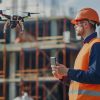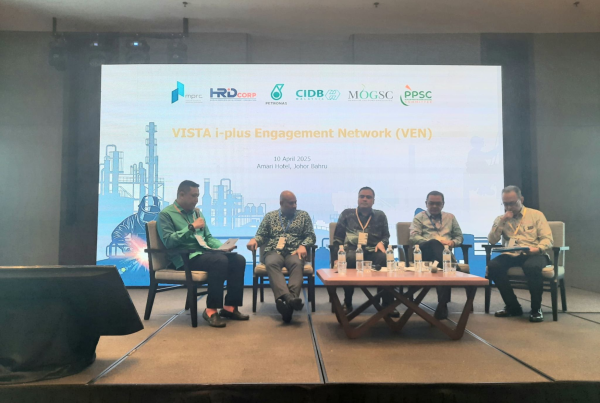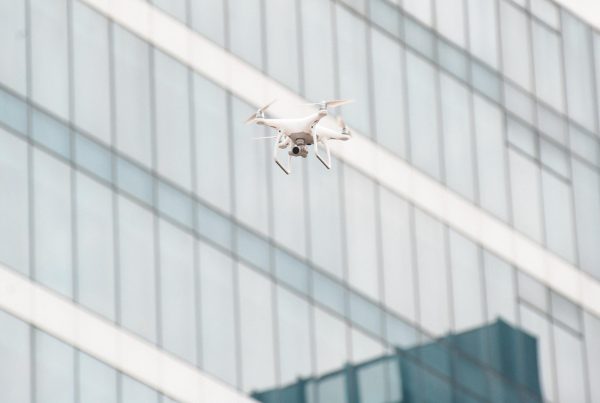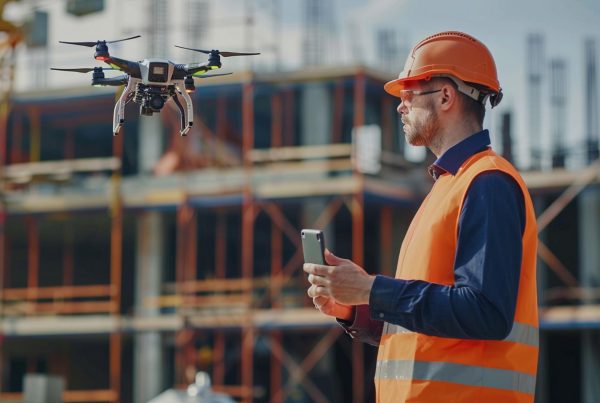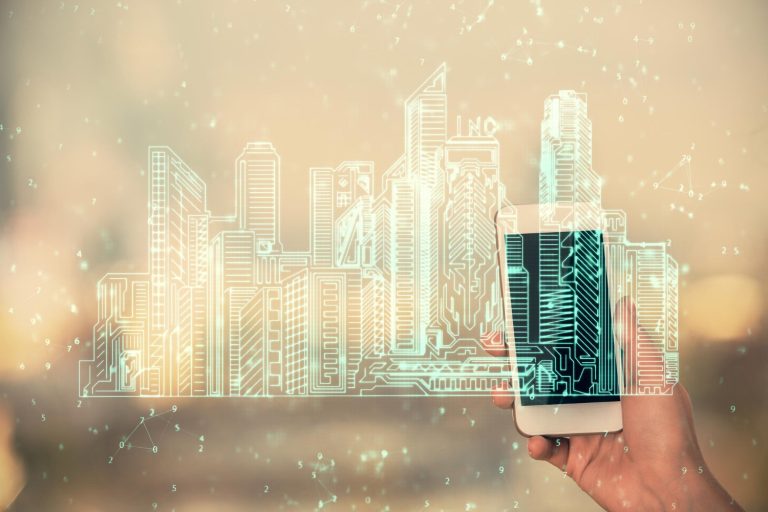
As we make steady technological advances – such as the Internet of Things (IoT) and Artificial Intelligence (AI) – we look for new and better applications to improve our buildings. Smart buildings in themselves are not new. A smart building is an automated system with a central processing unit, sensors, and data monitoring ability that evaluates the building’s performance. This is generally for energy usage, but other basic needs such as safety management and security are included. But what is the future of smart buildings? Intelligence is the answer; through building intelligence, building managers can collect actionable data from user devices, sensors, systems, and services on the premises. Applying that data using artificial intelligence and machine learning makes the building both programmable and responsive to the needs of the users and the building manager.
The following examples are given.
- Smart elevators, a prime example of the potential of smart building technology, are capable of collecting data, monitoring traffic flows, and providing vital passenger information. The ability to remotely monitor elevators and perform preventive maintenance significantly reduces service interruptions and minimises downtime. These elevators can also restrict access to authorised personnel, using advanced security measures such as fingerprint or smart card recognition. If the user data indicates visits to multiple floors, the VoIP protocol is activated to communicate with the user. A voice message from the elevator enquires about the destination and records the user’s response. Users can define the destination floor using a voice command, a smart solution that minimises contact with surfaces in sensitive environments or during a pandemic.
- Smart shading windows, such as electrochromic windows, are another innovative application of smart building technology. These windows achieve translucency through a reversible transformation of parameters, such as the visible light transmittance of windows, by consuming a certain amount of electrical energy. The regulation of these windows can be controlled by an intelligent control system or manually adjusted by the workforce. In recent years, sky radiation cooling technology has been rapidly developing, in conjunction with the use of semi-transparent cooling films in PV windows, to significantly reduce the cooling load of buildings. These features demonstrate the potential of smart shading windows to enhance building energy efficiency.
- Smart lighting systems, which provide advanced control lighting, integrate various building systems and promote energy saving by about 30%. Data exchanged between different components of a smart lighting system creates a communication protocol, smart lighting controllers, smart lighting fixtures, smart sensors, and a real-time location system. Combining these components, the smart lighting system offers control with automation and logic rules to modify indoor and outdoor lighting as needed.
- Smart meeting rooms are outfitted with a mix of hardware and software technology that optimises the space for hybrid collaboration. Through a smart meeting room solution, IT leaders can analyse aspects of the meeting space (e.g., how the tools are used, how often meetings are held, and which rooms are used most frequently) and use data to ensure that smart meeting rooms are being utilised to their fullest potential.
During the COVID-19 pandemic, work habits changed radically. People adopted work-from-home practices, whilst building management had to deploy ways of contactless working for those who had to come to work. The pandemic and other external factors like climate change and cybersecurity have challenged smart building owners to develop more robust and innovative solutions for the future. Who knows what the next generation of smart buildings will look like?
Written by: Dr Thomas Tang, CEO of PJ Sustainability Consulting Limited, is a professional advisor to corporations on sustainability, climate resilience, urban design, and social innovation. He is also a UN Scholar, an adjunct professor, and an author.




